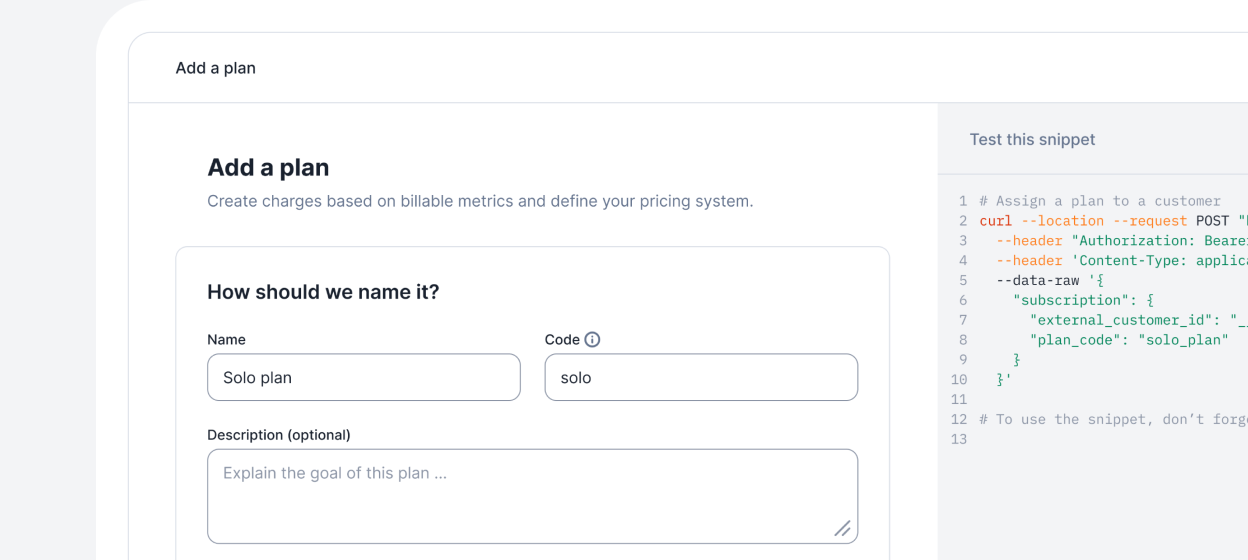Launch weeks: How to do product marketing for boring products

This week is our third-ever launch week. Every day, we unveil a new feature and post about it. It’s one of the few ways we’ve found to market a “boring” product.
If you’re marketing a DevTool, API or infrastructure-type product, you know product marketing is hard. You can write a blog post, create a snazzy animated video and post on every social media from Twitter to Friendster… and get like 12 likes (of which 3 are from your colleagues and one from that uncle you somehow have on LinkedIn). Meanwhile, some AI startup posts a 20-second demo video and goes viral.
This can be disheartening. But it shouldn’t be. Because marketing a sexy product is different to a boring product.
What makes a product ‘boring’?
By boring, I don’t mean anything negative. I mean a product that mostly works in the background. Something that’s not very visual, more likely to be infrastructure than end-user facing. They’re certainly not boring to the people whose problems they solve or the people working on them.
These products share a few characteristics.
- Boring products tend to be bought, not discovered. Buyers seek them out when it becomes a priority. Never out of curiosity.
- They aren’t visual. There’s nothing exciting about logging into a database, optimizing API calls, or configuring a billing system.
- Users don’t spend much time in them, even if they do important things in the background.
- The ICP is narrow and there are few of them (e.g. CFOs in growth-stage startups, billing engineers and product managers working on billing/monetization).
Lago is a “boring” product. Companies buy Lago to complete a billing/monetization problem. It’s not used by most people in the organization. It’s an ingredient to something else.
Now, contrast that with a “sexy” product. Sexy products are the exact opposite of boring products.
- They get discovered, not sought out. Their customers see them and think, “Wow that’s cool, let’s try it”, even if it’s not an ingredient to a project they’re working on.
- They’re visual. Their use case is easy to showcase with videos, screenshots or demos. Often, there’ll be a “wow” moment in a demonstration. Think of tools like an AI avatar generator which instantly creates engaging visuals that are easy to demo and share — the kind of feature that naturally attracts attention.
- Users spend hours in them: Slack, Notion and Figma are examples.
- The ICP is broader and there are many of them (e.g. software engineers)
For a sexy product, take Lovable as an example. They’re a seed-stage startup that recently posted this video:
That’s a TON of engagement for a small startup. It’s more than 3x more engagement than this higher-effort video from a beloved company with $200m+ in funding.
The boring vs. sexy distinction says nothing about opportunity size. Per our classification, Snowflake, Oracle and Wiz are massively successful companies with boring products. But you probably couldn’t name their slogan or a marketing campaign they did. If you’re not a user, you probably don’t even know what their interfaces look like.
So you need to market boring products differently. But finding out how is actually hard because, as we said, their marketing is less likely to be seen by people outside of the ICP.
We think that (at least for startups), launch weeks are the best way to do product marketing for boring products.
Why launch weeks work for boring products
We mentioned above how boring products are bought, not discovered.
Take billing software. If you’re not actively looking for a new billing system, a feature like “supports partial payments” sounds about as interesting as a terms-of-service update. But if you are in the market, that feature could be critical. Acquisition marketing plays a key role here by attracting new potential users early in their research phase and keeping your brand visible throughout their decision-making process.
That’s why launch weeks work: Even if individual features are dry, a launch week makes it more exciting by helping people interested in one feature discover the others.
Supabase became well-known for their launch weeks and we shamelessly stole the idea took inspiration from them. Instead of announcing features one at a time, you bundle 5 features into one event.
This works because:
1. It creates momentum
It’s easy to overlook a feature update, but hard to ignore daily posts for a week. It might feel a bit theatrical, but “packaging” your feature launches differently totally works.
It’s almost like compounding. If someone sees a feature on day 4, they might end up checking out days 1-3 and 5 as well.
2. It builds brand
Because a product like Lago only gets bought when it’s a component to a project a customer is working on.
This means one of the most important things you need to do is stay top of mind. Companies might only redo their billing every couple of years. But if we’re the first billing vendor they think of because we’ve done good marketing, we have a big lead in those deals.
Launch weeks create the perception that you ship often and quickly and that you build features people care about.
Boring ≠ Invisible
If your product isn’t sexy, that doesn’t mean you should write off marketing and resign yourself to outbound sales. Sure, your product marketing may never get the engagement of consumer AI companies, but you can still get engagement and customers from product marketing.
A launch week is a great way to do good product marketing for boring products .And if you’ve read this far… you better follow our launch week.
Focus on building, not billing
Whether you choose premium or host the open-source version, you'll never worry about billing again.
Lago Premium
The optimal solution for teams with control and flexibility.

Lago Open Source
The optimal solution for small projects.

